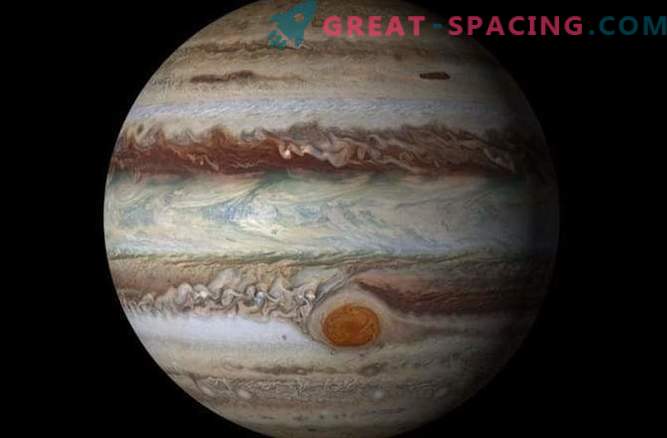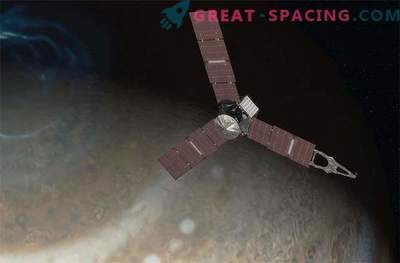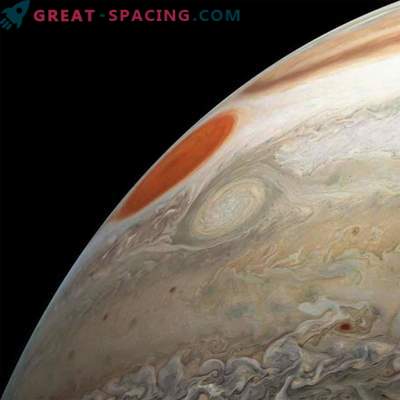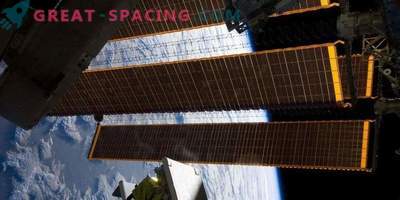
The discovery lays the foundation for the upcoming NASA Juno mission, which will explore the water in the atmosphere of a giant planet.
New research shows that under the colorful stripes of Jupiter are located giant spots and swirling clouds of ammonia, which rise and fall from the depths of the turbulent atmosphere of the planet.
An unprecedented global view of the underlying layers of the atmosphere of Jupiter was obtained thanks to a modernized Very Large Antenna Grid (Very Large Array) consisting of 27 radio telescopes in New Mexico.
Previous attempts to explore the atmosphere of Jupiter were hampered by the rapid rotation of the planet. Since the day on Jupiter lasts only 10 hours, the usual radio images that are received during the hours are usually blurred.
The updated VLA, in conjunction with a new data processing technique, removes smearing, allowing astronomers to make global measurements of temperatures, pressures and gas movements to about 100 kilometers or 62 miles below Jupiter's clouds.
“Essentially, we created a three-dimensional picture of ammonia gas in the atmosphere of Jupiter,” said astronomer Imke de Pater of the University of California, Berkeley. Comparing radar maps with images in visible light, taken almost at the same time, scientists have a more complete picture of the dynamics and structure of the atmosphere of Jupiter.
On radar maps, ammonia-rich gases grow and form the upper layers of clouds, which consist of ammonium hydrosulfide clouds at a temperature of minus 100 degrees Fahrenheit and ammonia clouds with ice at a temperature of minus 170 degrees.
Maps also show poor ammonia regions, which appear as bright regions in radio and infrared images located north of Jupiter's equator.
Between the spots, ammonia-rich plumes appear that rise from the depths inside the planet.
The radiation zones Jupiter do not allow the VLA to penetrate deeper into the atmosphere - an obstacle that will bypass the NASA Juno spacecraft.
Juno will fly between the radiation belts of Jupiter and its tops of the clouds. Scientists will continue to hunt for the layers of water that are involved in the formation of the Great Red Spot and other structures in the atmosphere of Jupiter.
The determination of the amount of water in the atmosphere will also contain information about where and how the giant planet was formed.











































